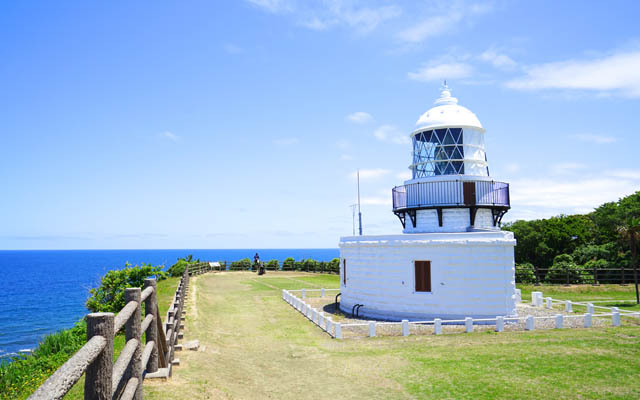Disaster preparedness services and tourism sectors could become more interconnected in Japan amid growing awareness of facilities that serve a dual purpose: as sightseeing spots and, during emergencies, assembly points.
Interest is rising in the new approach, fuelled by the 60 to 95 per cent probability of a magnitude 8 to 9 earthquake along the Nankai Trough within the next 30 years, according to Japan’s Earthquake Research Committee.
 Tourists can visit dual-purpose sites like Rokkosaki Lighthouse, pictured, which offers scenic coastal views while serving as an emergency assembly point during disasters
Tourists can visit dual-purpose sites like Rokkosaki Lighthouse, pictured, which offers scenic coastal views while serving as an emergency assembly point during disasters
Combining disaster preparedness and tourism could ease travellers’ concerns, especially when a recent megaquake prediction led to an estimated 560 billion yen (US$3.7 billion) in economic losses for Japan.
The concept is particularly utilised in more remote regions, including by developing tourism products at evacuation centres or new dual-purpose facilities.
In rural Okayama, a campsite that also serves as an emergency shelter was recognised at this year’s Japan Tourism Awards while in rural Hokkaido, a municipal complex houses a birdwatching station, café and disaster prevention hub.
A roadside rest area in Naruto, Tokushima Prefecture, attracts 1.3 million visitors and generates two billion yen in sales annually while acting as an assembly hub during disasters.
Tokyo-based Goodman Services has launched tours where tourists can enjoy experiences at dual-purpose facilities. The locations include the seven-story tsunami evacuation tower in Kochi Prefecture, where whale-watching is on offer, as well as Rokkosaki Lighthouse in Ishikawa Prefecture, which is both an evacuation station and an Industrial Heritage Site that provides scenic views of the coast.

AloJapan.com